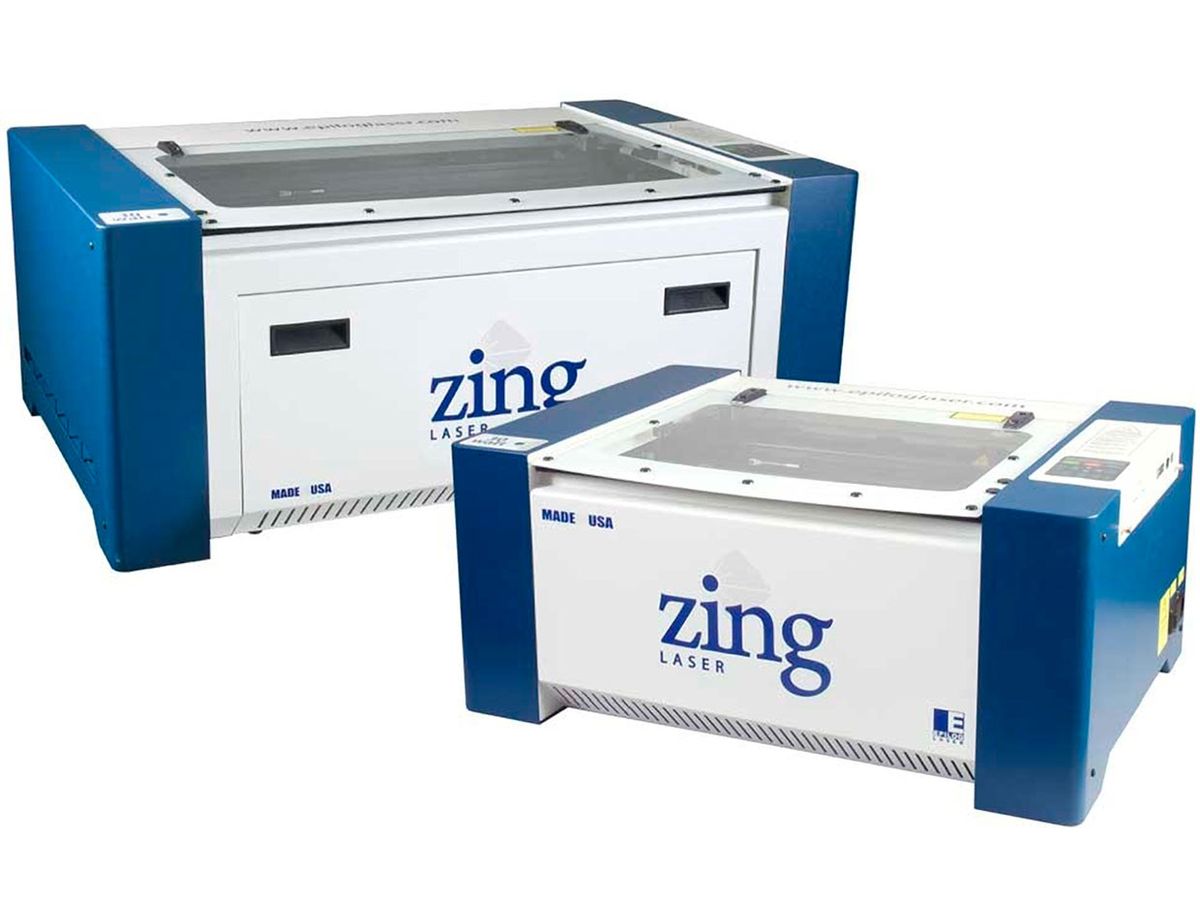THE INSTITUTEWith their ability to create intricate lacework to enhance the décolletage of a gown or a personalized tag for your luggage, laser cutters and engravers are becoming more popular among designers, according to an article from Epilog Laser, a leader in the industry. The article was published on the IEEE TryEngineering site along with two lesson plans on how to use the machines.
The machines help designers bring their creativity to life, thanks to lasers’ ability to precisely cut a pattern or make an engraving on denim, felt, fleece, leather, linen, polyester, and silk. Laser cutters also can be used on stretch fabrics as well as glass, metal, and wood.
THE PROCESS
Laser cutting is accurate—an important feature for designers who want to incorporate fine detail with a variety of textiles. Also, the method doesn’t pull or stretch fabric the way traditional blades can.
A fine, powerful V-shaped beam of light—about 10 micrometers wide—is projected onto the material, allowing the beam to cut without pressure. There is no mechanical contact, so the fabric doesn’t become distorted.
An intensified vacuum force is automatically applied to the area under the knife to prevent the material from shifting. Cuts are made quickly and accurately, so the edges are sharp and clean. Heat cauterizes the edge of the material to protect it from fraying or unraveling.
One popular type of laser is a CO2 model that uses a mixture of gases including carbon dioxide, nitrogen, and hydrogen, according to Epilog. When electricity runs through a tube filled with the gases, a light is produced that’s powerful enough to cut through acrylic, fabric, paper, rubber, wood, and other materials. The light also can etch designs on harder surfaces such as glass, metal, and stone.
Like desktop inkjet printers, the machines are computer-controlled. The user uploads instructions for engraving or cutting a design. Instead of printing dots of ink, the machine fires a laser that engraves, cuts, and etches a design.
The laser is 30 to 120 watts. The work area can be as small as 406 by 305 millimeters or as large as 1016 by 711 mm. The machine can work with materials as thin as 114 mm or as thick as 336 mm.
Laser applications typically fall into two categories: raster engraving and vector cutting.
Raster engraving is similar to high-resolution dot-matrix printing, but with a laser. The laser head engraves a series of dots, one line at a time, to form the image. This method of engraving is used to create detailed graphic images, text, clip art, photos, and line drawings.
In vector cutting, the laser follows an outline of an image or piece of text. The process can be used to cut through wood, say, or paper, and make a geometric pattern.
HANDS-ON PROJECTS
If you’re a teacher or parent looking for projects for students or your child that combine art and technology, the IEEE TryEngineering website has lesson plans and worksheets for using laser cutters to design and produce a customized luggage tag, and engravers for decorating a variety of desserts.
